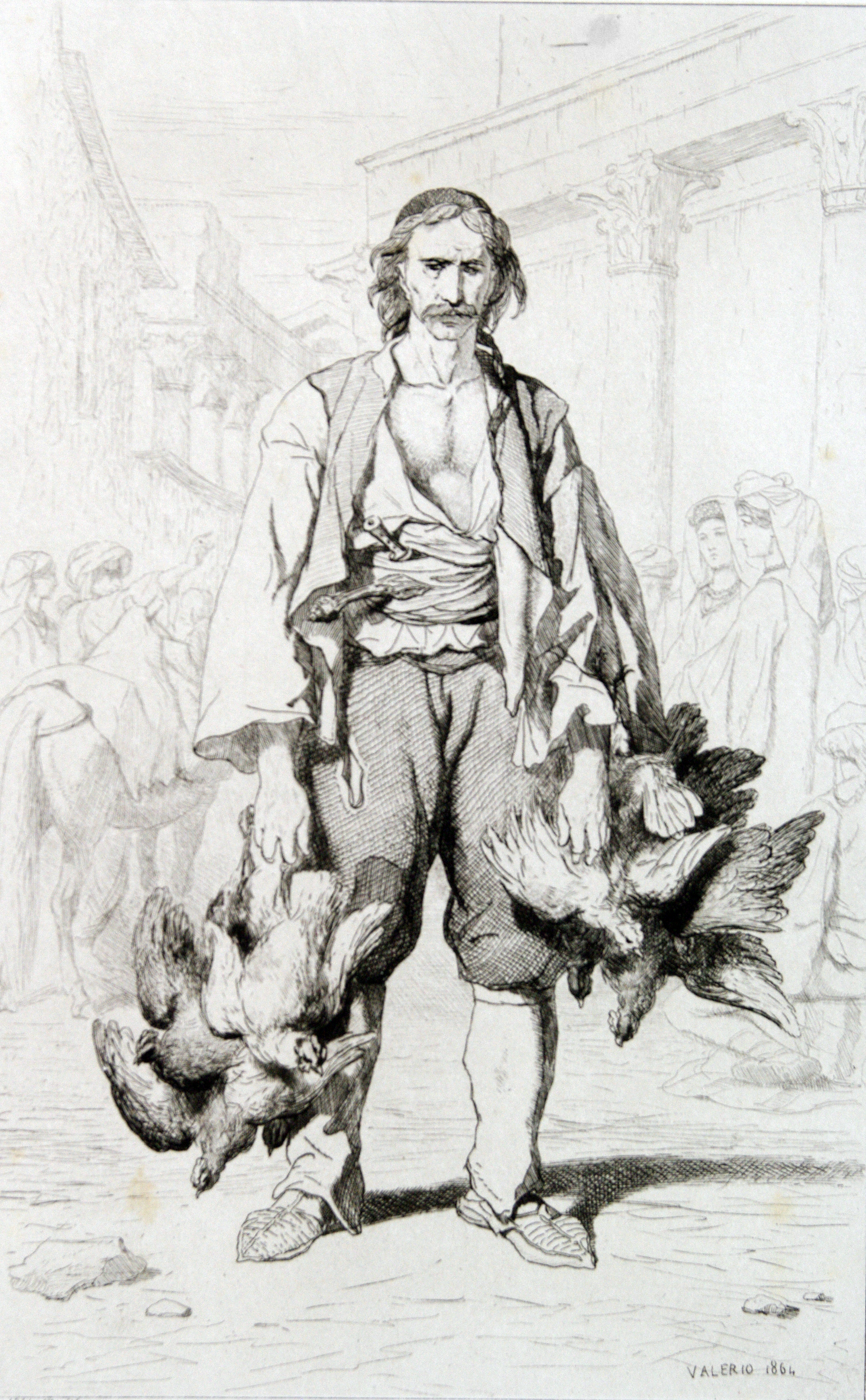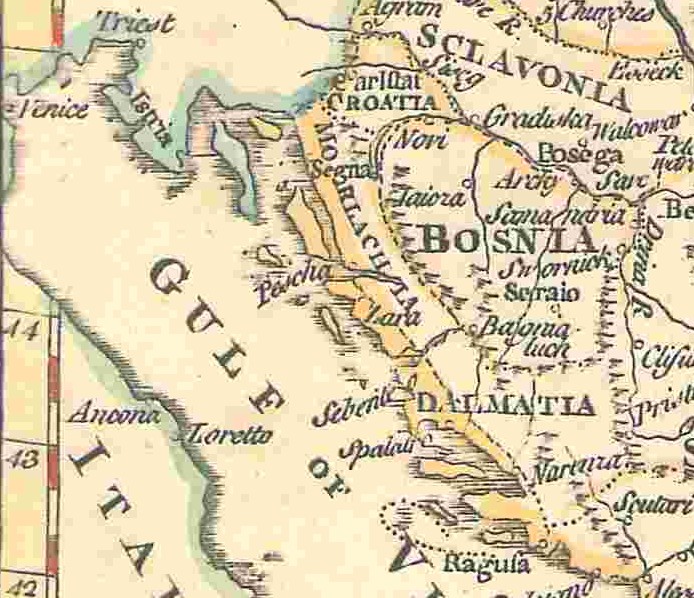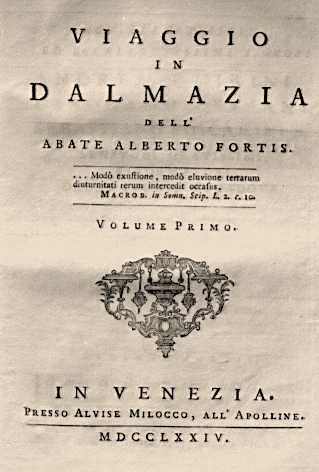|
Morlachs (other)
The Morlachs were a group of Vlachs in modern-day Croatia and Bosnia who were known under such name. "Morlach" or similar terms might also refer to: * Morlachia, a historical region in Europe inhabited by Morlachs in the past * Morlachs (Venetian irregulars), a former Venetian irregular military group * Morlachism, a literary movement that consisted on the interest in the Morlachs by European writers * Morlacco, an Italian cheese named after the Morlachs * * See also * Morlacchi, the Italian name of the Morlachs that may refer to an Italian surname or the Teatro Morlacchi Teatro Morlacchi, formerly Teatro del Verzaro, is the largest theater of Perugia. It is named after the musician Francesco Morlacchi. History In 1777 the local middle class decided to build a new theater in response to the nobles who had built ... at Perugia * Istro-Romanian (other) {{disambiguation Language and nationality disambiguation pages ... [...More Info...] [...Related Items...] OR: [Wikipedia] [Google] [Baidu] |
Morlachs
Morlachs ( sh-Latn-Cyrl, Morlaci, Морлаци or , ; it, Morlacchi; ro, Morlaci) has been an exonym used for a rural Christian community in Herzegovina, Lika and the Dalmatian Hinterland. The term was initially used for a bilingual Vlach pastoralist community in the mountains of Croatia in the second half of the 14th until the early 16th century. Then, when the community straddled the Venetian– Ottoman border until in the 17th century, it only referred to Slavic-speaking, mainly Eastern Orthodox but also Roman Catholic people. The Vlach i.e. Morlach population of Herzegovina and Dalmatian hinterland from the Venetian and Turkish side were of either Roman Catholic or Christian Orthodox faith. Venetian sources from 17th and 18th century make no distinction between Orthodox and Catholics, they refer to both groupings as Morlachs. The exonym ceased to be used in an ethnic sense by the end of the 18th century, and came to be viewed as derogatory, but has been renewed as a soc ... [...More Info...] [...Related Items...] OR: [Wikipedia] [Google] [Baidu] |
Morlachia
Morlachia ( la, Morlachia; it, Morlacchia; hr, Morlakija; ro, Morlachia) was a vaguely defined region, named after the Morlachs, used on European maps between the 16th and the 19th centuries. Morlachia was located in modern-day Croatia between Istria and Dalmatia, being opposite to the island of Krk. The Morlachs were originally a Romance people related to modern Romanians before their Slavicisation. Overview In old topography, the toponym Morlachia was given great importance on maps, sometimes being placed at the same "level" or at a superior one than regions such as Bosnia or Croatia. This can be explained by the important geographical position Morlachia had, being located between the Ottoman Empire, the Republic of Venice and the Habsburg monarchy and its realms from the 16th to the 19th century. However, following the demise of Ottoman power in the region and the fall of the Republic of Venice in the latter century, Morlachia lost relevance and the Morlachs of the region be ... [...More Info...] [...Related Items...] OR: [Wikipedia] [Google] [Baidu] |
Morlachs (Venetian Irregulars)
The Morlach troops was an irregular military group in the Dalmatian hinterland, composed of Morlachs, that was hired by the Republic of Venice to fight the Ottoman Empire during the Cretan War (1645–69) and the Great Turkish War (1683–99). Leaders The leaders, called ''harambaša'' (tr. "bandit leader") and ''Serdar (Ottoman rank), serdar'' ("commander-in-chief"), held several titles in Venetian service. ;Cretan War *Stjepan Sorić, Catholic priest, "governator delli Morlachi" *Smiljanić family, Ilija Smiljanić, "governator principale" *Petar Smiljanić, "capo" *Vuk Mandušić, "capo direttore" *Janko Mitrović, "capo principale de Morlachi" *Šimun Bortulačić, "governator" *Jovan Dračevac, "governator" *Petronije Selaković, Orthodox monk Etymology Stanko Guldescu argued that the Vlachs or Morlachs, were Latin speaking and pastoral peoples who lived in the Balkan mountains since pre-Roman times Morlachs were Slavicized and partially Islamized during Turkish occupation. S ... [...More Info...] [...Related Items...] OR: [Wikipedia] [Google] [Baidu] |
Morlachism
Morlachism or Morlacchism ( it, Morlacchismo; sh, Morlakizam or ) was a movement in Italian, Ragusan and Venetian literature that started in 1774 and lasted until the 1830s or 1840s. It consisted on the portrayal of the Morlachs (Vlachs from the Dalmatian Hinterland, now part of Croatia) and other inhabitants of Dalmatia and their beliefs, customs, way of living and many other aspects as imagined by Italians, Ragusans, Venetians and other Europeans. Morlachism was initiated by Alberto Fortis's travel book ''Viaggio in Dalmazia'' ("Journey to Dalmatia") from 1774, which achieved great popularity in Western Europe. In 2014, Branislava Milić Brett, then professor at the University of Alberta, coined the term "Proto-Morlachism" (also referred to as "Pre-Morlachism") to refer to a purported earlier stage of Morlachism that lasted from the Middle Ages to 1774. According to her, particularities of Proto-Morlachism include that, unlike Morlachism, it also included interventions and view ... [...More Info...] [...Related Items...] OR: [Wikipedia] [Google] [Baidu] |
Morlacco
( vec, Morlac) or Morlacco del Grappa is an Italian cow's-milk cheese from Monte Grappa, in the provinces of Vicenza, Treviso, and Belluno) where cheesemakers once produced a soft cow's milk cheese, low in fat, with an uncooked curd that was named after their native region: Morlachia. The local Burlina cows - a breed that is at risk of extinction - produced the milk used for this cheese. The Burlina cow is small and hardy and has a piebald black and white coat. Today, Morlacco del Grappa cheese is once again produced on Monte Grappa with skimmed milk from the evening's milking mixed with whole milk from that of the morning. After 20 days of aging, the cheese is ready for consumption, but it can be left to age for up to three months. References cheese Cheese is a dairy product produced in wide ranges of flavors, textures, and forms by coagulation of the milk protein casein. It comprises proteins and fat from milk, usually the milk of cows, buffalo, goats ... [...More Info...] [...Related Items...] OR: [Wikipedia] [Google] [Baidu] |
Morlacchi
Morlacchi is a family name of Italian origin. It might indicate an ultimate family origin connected with the Morlachs, a Balkan ethnic group which had considerable interaction with Italians (particularly those from the Republic of Venice). It may refer to: * Federico Morlacchi, Italian paralympic swimmer * Carlo Gritti Morlacchi, Italian Bishop * Francesco Morlacchi Francesco Giuseppe Baldassare Morlacchi (14 June 1784 – 28 October 1841) was an Italian composer of more than twenty operas. During the many years he spent as the royal Royal Kapellmeister in Dresden, he was instrumental in popularizing the Ita ..., Italian opera composer * Giuseppina Morlacchi, Italian dancer * Lucilla Morlacchi, Italian actress Morlacchi may also refer to: * The Italian name for the aforementioned Morlachs * The Teatro Morlacchi at Perugia, Italy See also * Morlachs (other) Italian-language surnames {{surname, Morlacchi ... [...More Info...] [...Related Items...] OR: [Wikipedia] [Google] [Baidu] |
Teatro Morlacchi
Teatro Morlacchi, formerly Teatro del Verzaro, is the largest theater of Perugia. It is named after the musician Francesco Morlacchi. History In 1777 the local middle class decided to build a new theater in response to the nobles who had built the Teatro del Pavone; ninety families then formed the "Society for the construction of a new theater", which bought an old convent and commissioned the project to architect Alessio Lorenzini. Lorenzini gave the hall the classic shape of a horseshoe and facing with the problem of limited space, having to reserve a box for each client family, he decided to set up the entire structure diagonally and to reduce the Lobby (room), entrance hall. The works began in June 1778, and ended in April 1780. The inauguration was held on August 15, 1781, and the theater could seat 1,200 people at the time.Margherita Maria Rosa Ventura (cured by). ''Teatro Francesco Morlacchi. Archivio storico''. Perugia: Regione dell'Umbria, Editrice Umbra Cooperativa, ... [...More Info...] [...Related Items...] OR: [Wikipedia] [Google] [Baidu] |
Istro-Romanian (other)
Istro-Romanian may refer to: *Istro-Romanians *Istro-Romanian language * * See also * Morlachs (other) The Morlachs were a group of Vlachs in modern-day Croatia and Bosnia who were known under such name. "Morlach" or similar terms might also refer to: * Morlachia, a historical region in Europe inhabited by Morlachs in the past * Morlachs (Venetian ... {{disambiguation Language and nationality disambiguation pages ... [...More Info...] [...Related Items...] OR: [Wikipedia] [Google] [Baidu] |



